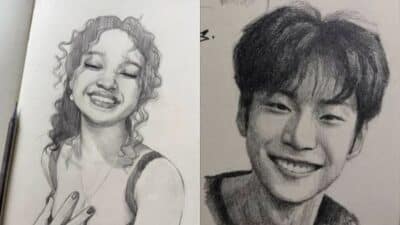Stylized portrait drawing involves changing or exaggerating certain features to create a unique look while still capturing the essence of the person. Artists use different techniques, such as simplifying shapes, altering proportions, or focusing on key facial details to create a range of styles. These variations let artists express personality and mood in ways that realistic portraits might not.
Some artists prefer minimalism with clean lines and bold shapes, while others use more detailed exaggeration or blend styles for a fresh feel. Exploring different approaches helps artists grow and find their personal style. Stylized portraits can be fun to make and offer new ways to practice expressions and character design.
Trying out various stylized portrait styles can also inspire creativity and improve drawing skills. With so many ways to change a portrait, artists can discover what works best for them and keep their art fresh and exciting.
Understanding Stylized Portrait Drawing Variations
Stylized portraits change the way artists show faces by bending or simplifying real features. Artists mix shapes, lines, and colors in unique ways to bring out a new look and feel in their work. This approach highlights certain parts of the face while leaving others less detailed.
Defining Stylization in Portrait Drawing
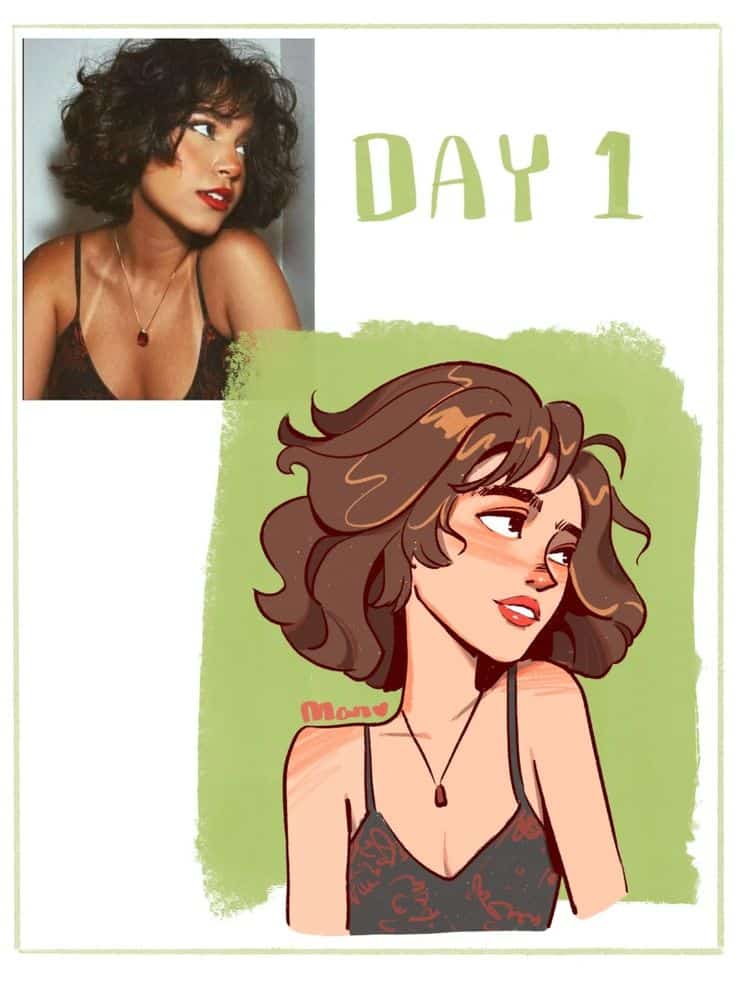
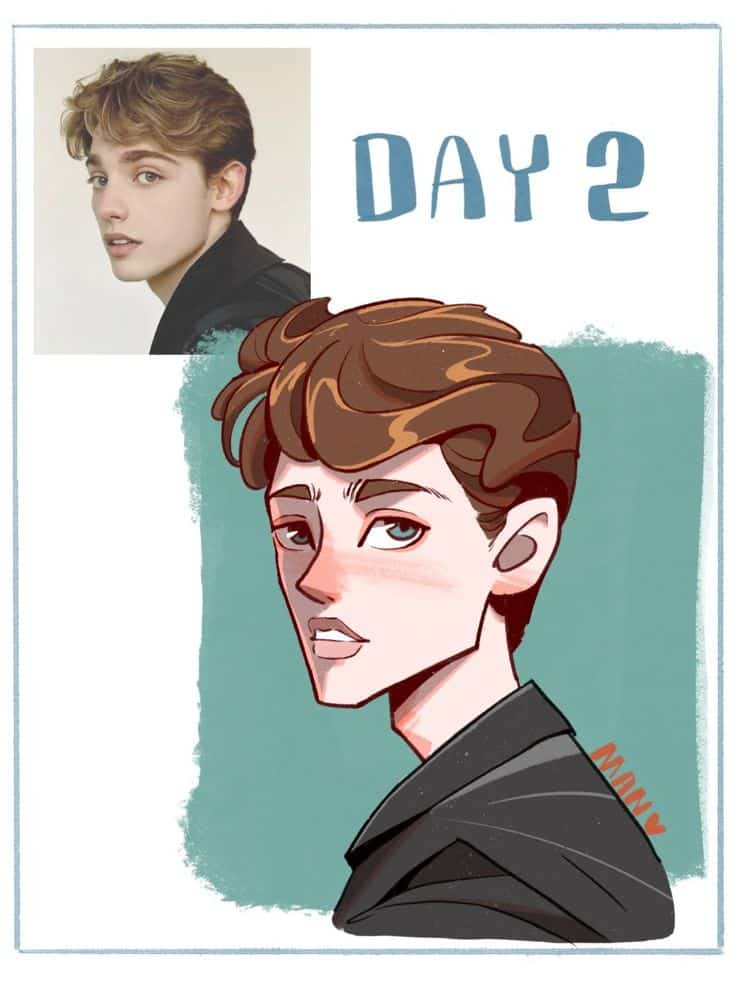
Stylization means changing or exaggerating features in a portrait instead of drawing them exactly as they appear. It can be simple, like making eyes larger or noses smaller. Or it can be more complex, using bold shapes and colors that don’t match real life.
Artists choose which parts of a face to emphasize based on what they want to express. For example, they might highlight someone’s smile or eyebrows while minimizing other details. This gives each portrait a unique character.
Stylization is not about making an exact copy, but capturing the essence or personality of a person in a creative way. It often uses fewer details to make the image feel more expressive.
Key Elements of Stylized Portraits
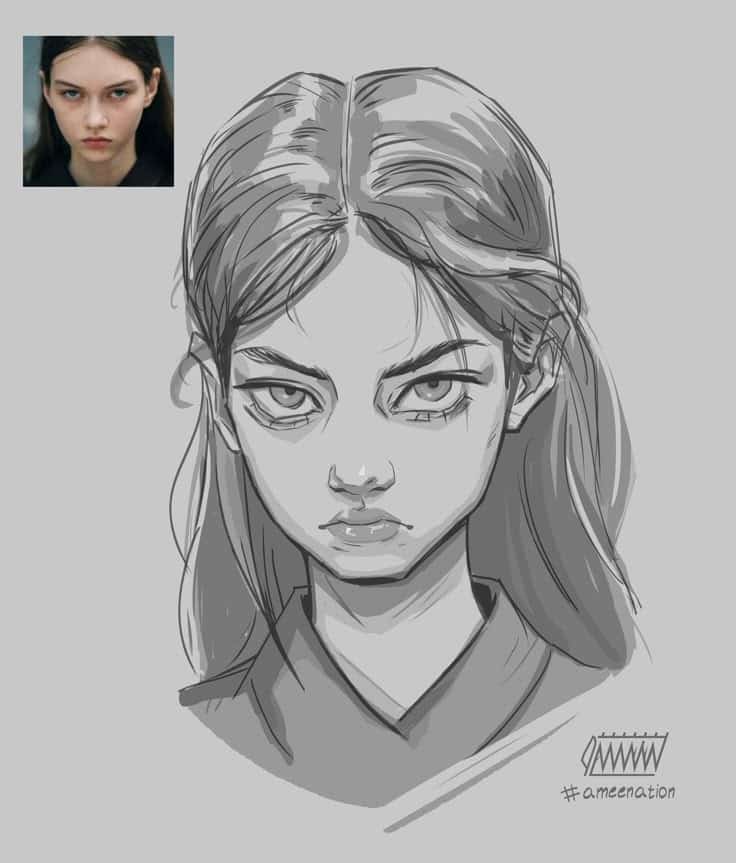
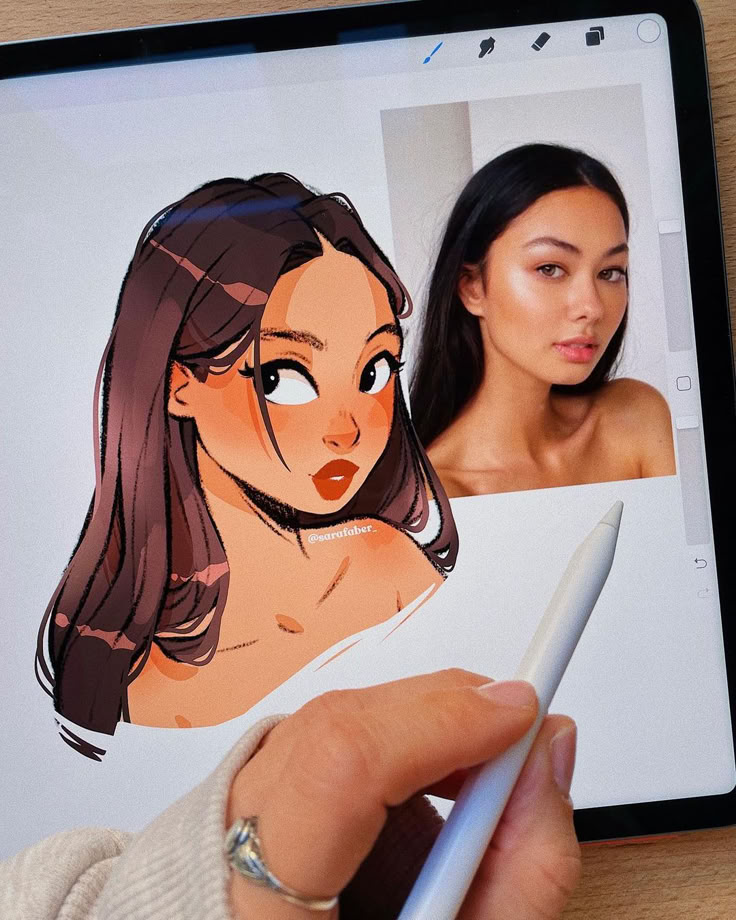
The main parts that change in stylized portraits are the shapes, lines, color, and proportions of the face.
- Shapes: Simplified or exaggerated shapes like round eyes, sharp cheekbones, or triangular noses.
- Lines: Bold or soft lines define features differently than in real life. A sharper line can show harshness, while a soft line can suggest gentleness.
- Color: Artists might use unexpected colors to express mood or style, not just skin tones.
- Proportions: Changing the size or placement of features, such as bigger eyes or longer necks.
Together, these elements help create a distinct style that can be playful, dramatic, or abstract.
Benefits of Exploring Style Variations
Trying different styles helps artists find their own voice in portrait drawing. It can also improve their skills by learning how to simplify or exaggerate features without losing the likeness of the subject.
Exploring styles keeps the creative process fresh and interesting. It allows artists to work more freely and express emotions better than with realistic portraits.
Additionally, stylized portraits can connect with viewers more quickly because they highlight important traits and feelings in a clear way. This makes the artwork memorable.
Popular Stylized Portrait Drawing Styles
Stylized portraits change how faces look by using unique shapes, lines, and details. These styles focus on emphasizing certain features or simplifying others to create a clear artistic effect. Each style offers different ways to express personality and mood in a portrait.
Cartoon Portraits
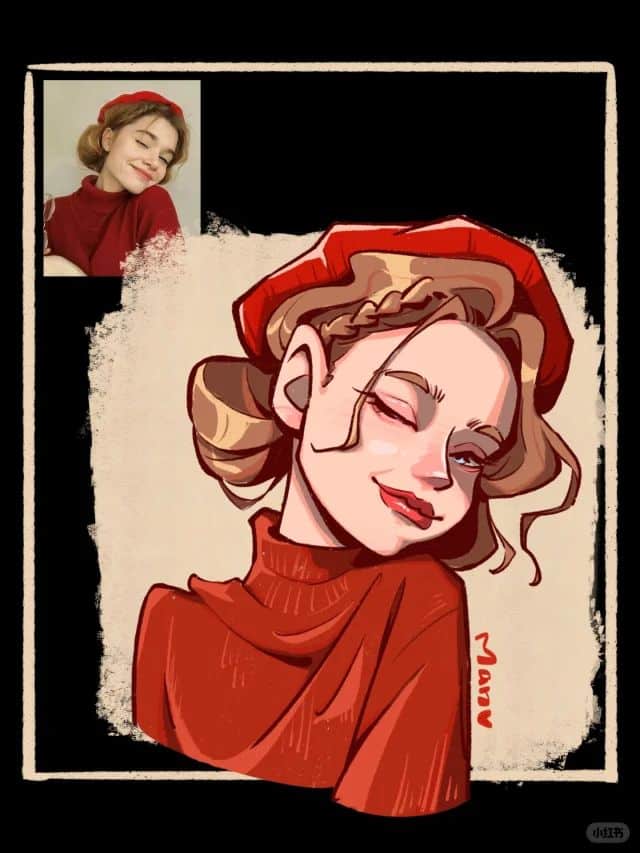
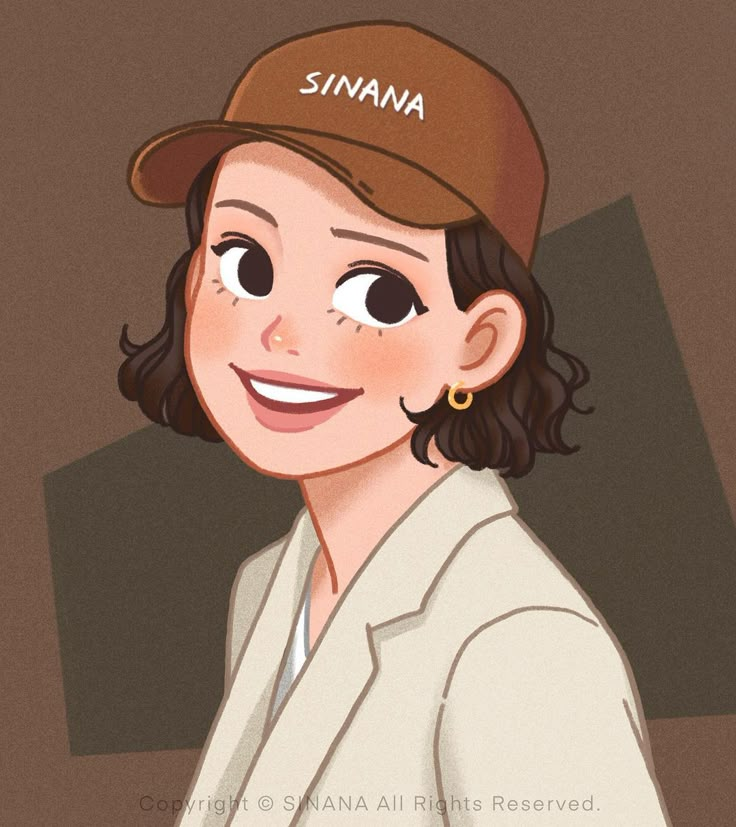
Cartoon portraits simplify facial features using bold lines and bright colors. They often highlight expressions with larger eyes, simplified noses, and exaggerated smiles. This style makes characters look playful or lively without focusing on realistic detail.
Artists use cartoons to capture emotions quickly. The shapes tend to be round or smooth, which gives a friendly and approachable feel. Cartoon portraits are great for social media avatars or fun gifts because they are easy to recognize and often charming.
Caricature Art

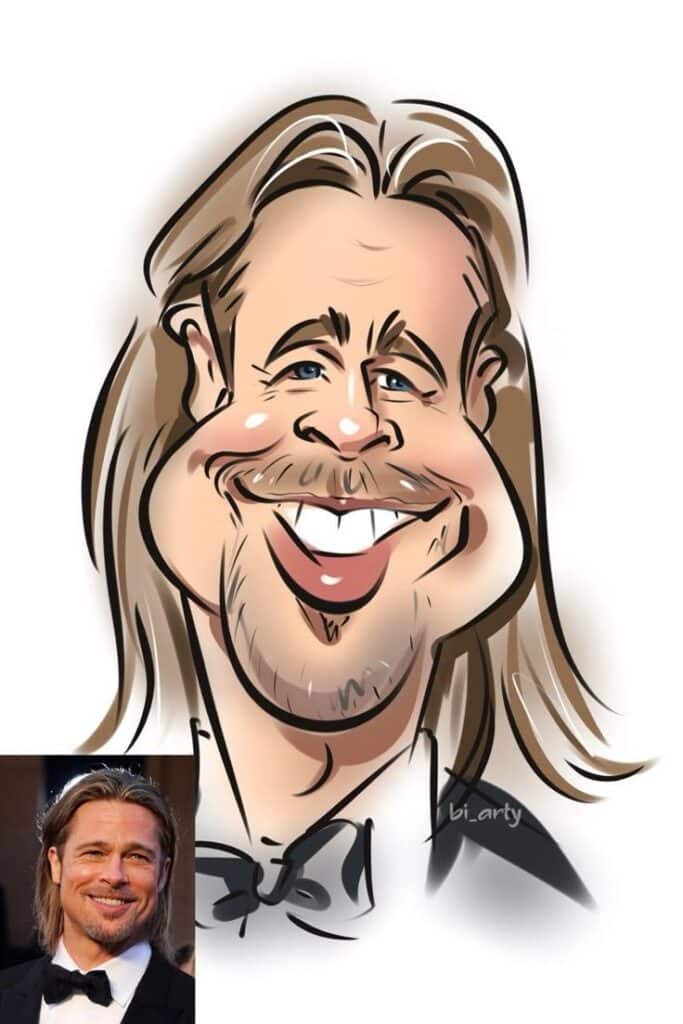
Caricatures exaggerate specific features, like a big nose or wide smile, to create humor or emphasize personality traits. This style stretches parts of the face while keeping other elements smaller or more normal.
Artists focus on what makes a person distinctive. Caricatures use strong lines and clear contrasts, often with a sketch-like or painted look. This style is popular at events or fairs because it produces funny, memorable portraits quickly.
Anime and Manga Influence
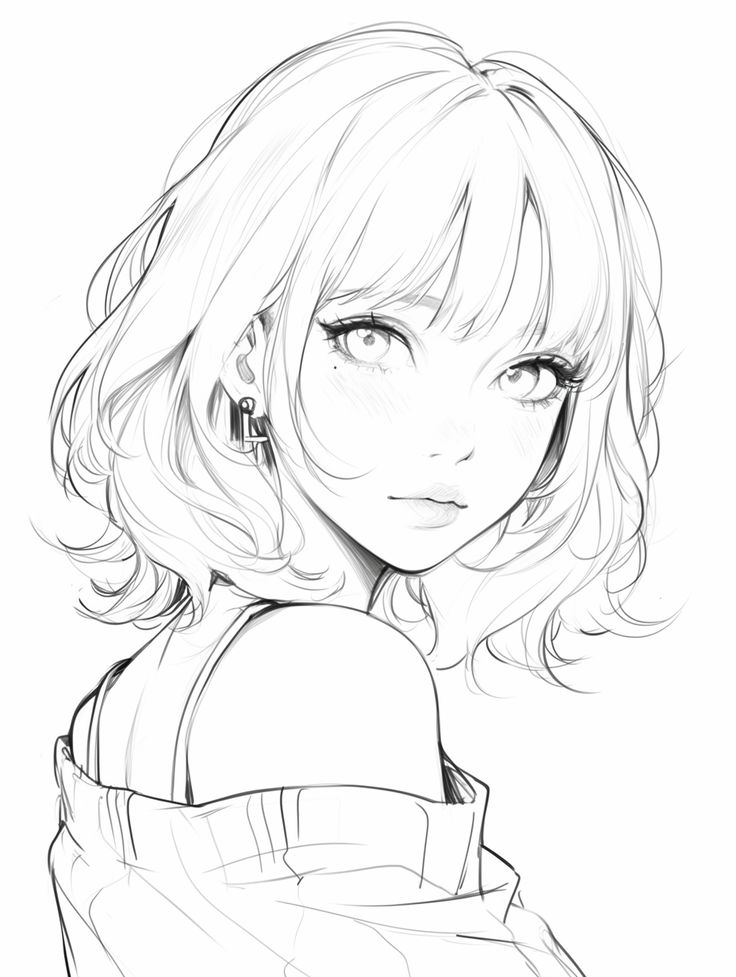
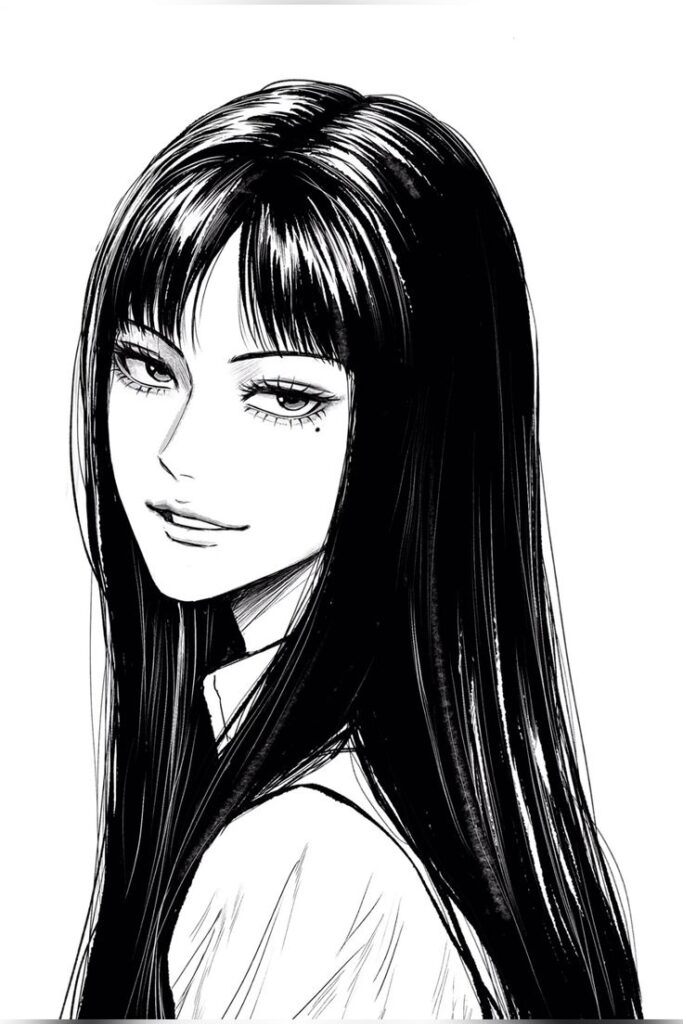
Anime and manga portraits feature large, expressive eyes and simplified noses and mouths. The style emphasizes emotion through the eyes with detailed reflections or highlights.
Lines are usually clean and sharp, and faces often have smooth shapes. Hair is stylized with flowy or spiky designs. This style is widely adopted by fans of Japanese animation and is great for creating youthful, energetic portraits.
Minimalist Portraits
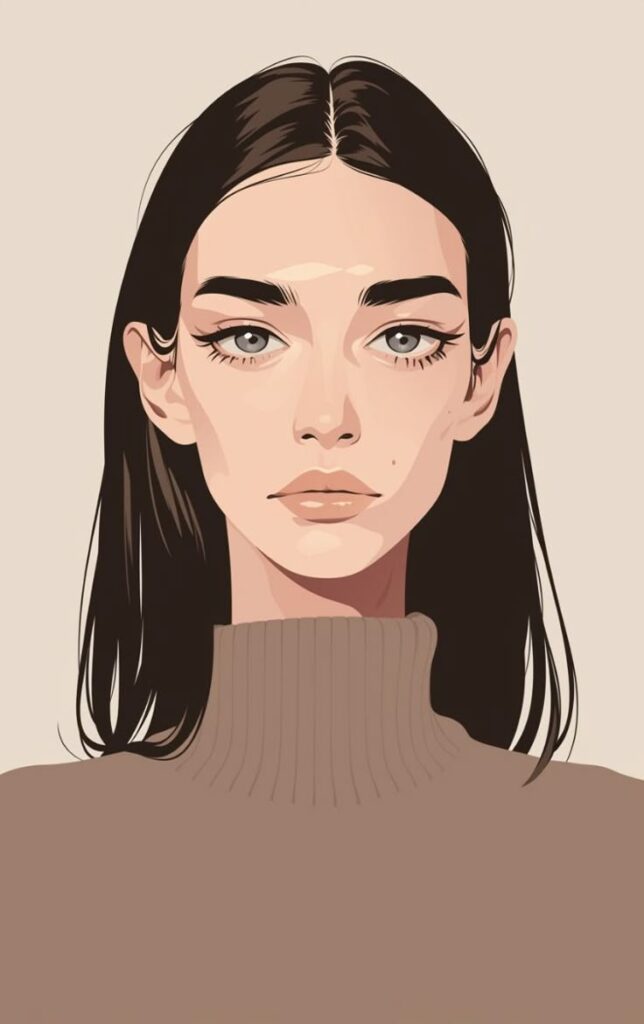
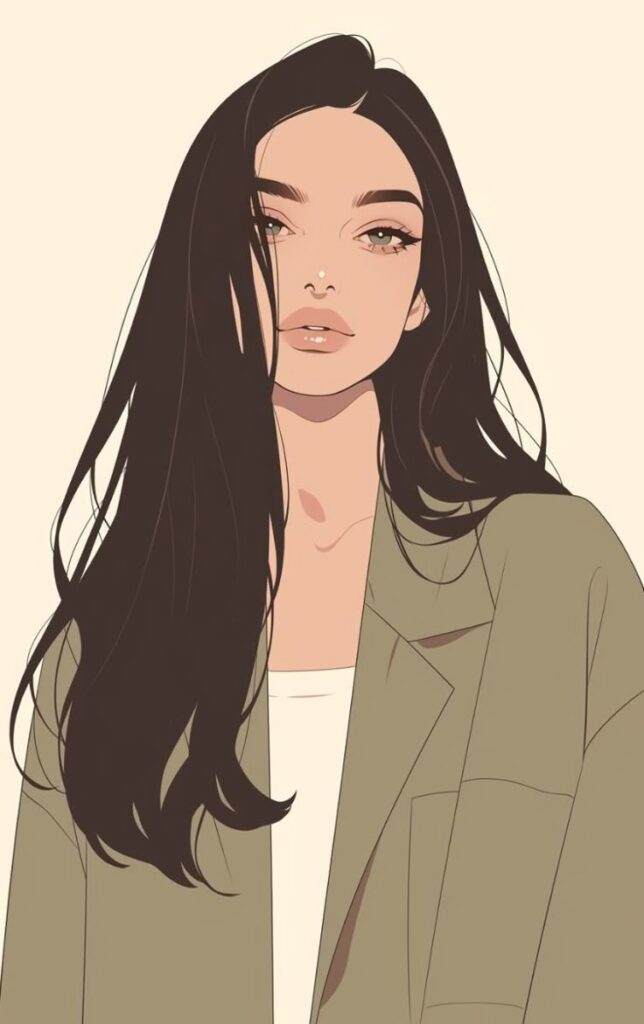
Minimalist portraits reduce facial features to simple lines, shapes, or blocks of color. They avoid extra details, focusing on balance and clean design.
This style works well for modern art lovers who want portraits that feel fresh and elegant. Few colors and subtle lines give these portraits a calm, clear look. Minimalist portraits are often used in graphic design or home decor because of their sleek appearance.
Approaches to Creating Stylized Portrait Variations
Stylized portraits can change a lot depending on how the artist plays with shapes, colors, and lines. Each choice affects the mood and personality in the artwork. The approach can range from changing facial parts to using bold colors or unique line work.
Experimenting with Proportions
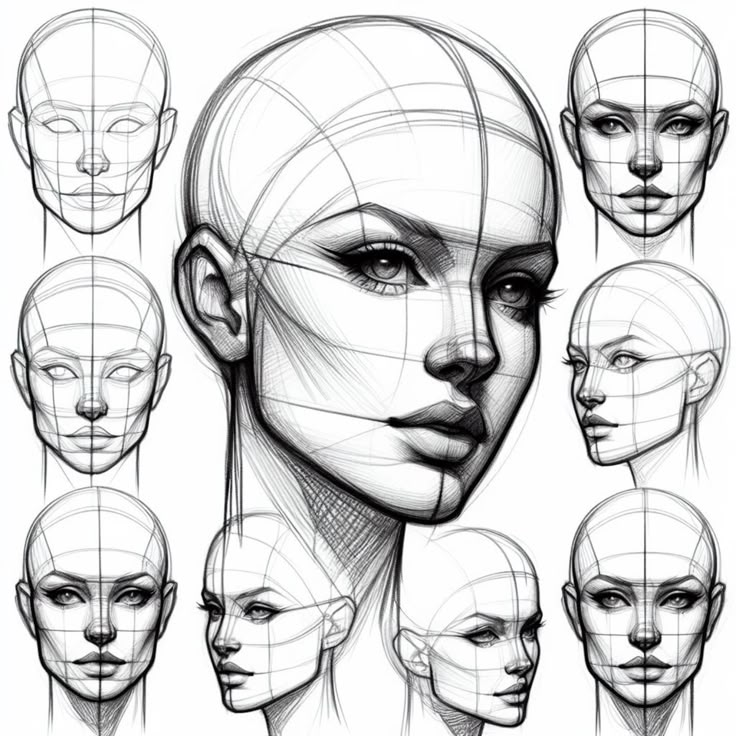
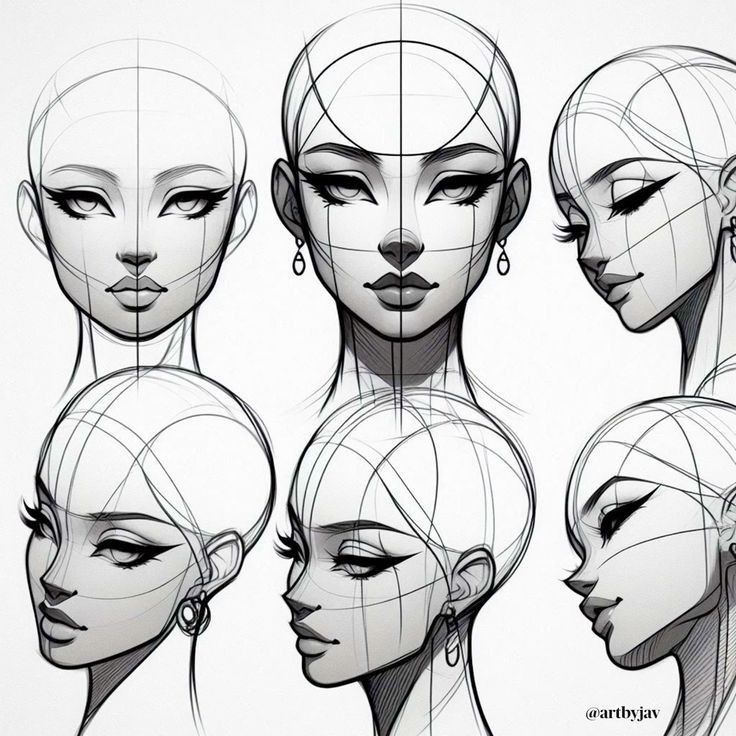
Adjusting proportions is a key way to stylize a portrait. Artists may enlarge eyes or shrink noses to create a specific look or express emotion. For example, bigger eyes can make a character appear more innocent or curious.
Changing proportions doesn’t mean losing the subject’s identity. Instead, it highlights what’s most important or interesting about their face. Some artists play with the size of the head compared to the body or stretch facial features for emphasis.
When trying this, it helps to focus on one or two features at a time. This way, the portrait stays balanced and doesn’t look distorted. Experimenting with proportion creates variety and adds personal style to each piece.
Utilizing Color Palettes
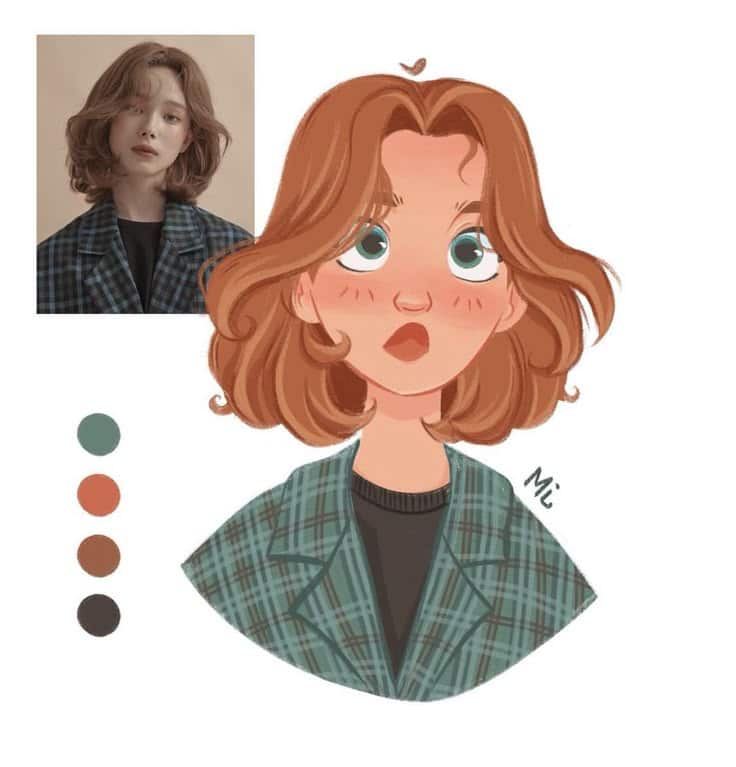
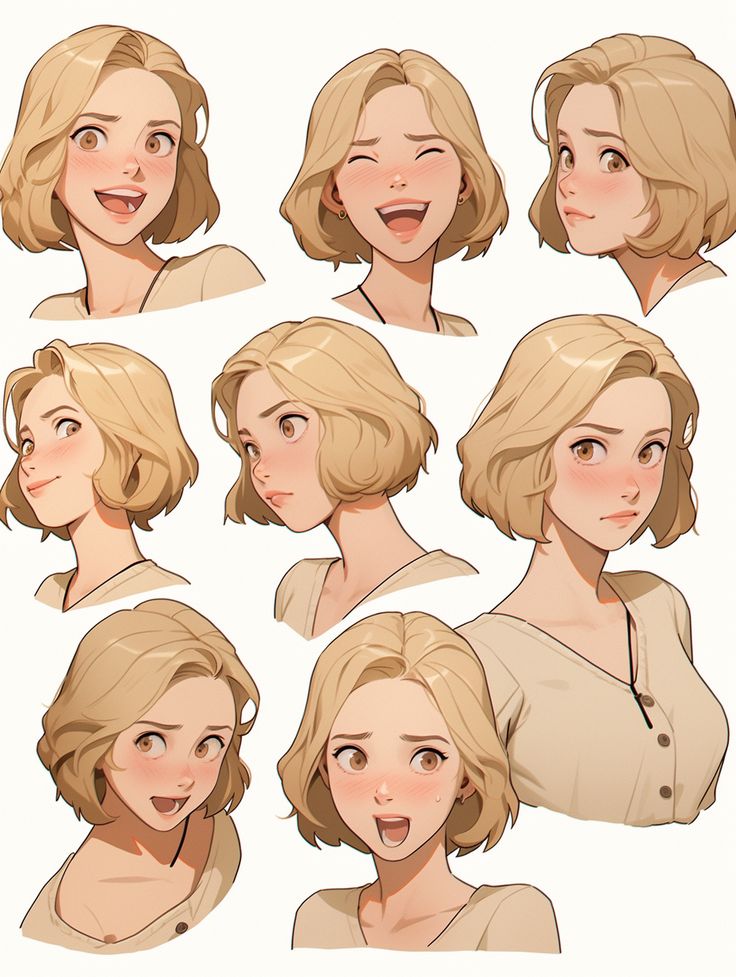
Color choices strongly affect the style of a portrait. Using vibrant or unexpected colors can make the work stand out. For example, blues and purples instead of skin tones give a fantasy or surreal feel.
Some artists choose limited palettes, like only warm or cool colors, to create mood. Others mix bold colors to show personality or energy. Using gradients or flat color blocks also changes how a portrait looks.
Choosing the right palette means thinking about the emotion or story behind the subject. It’s smart to test different combinations to see what fits best. Color can turn a simple portrait into a visually rich and expressive piece.
Line Art Exploration
Line art defines the style and energy of a portrait. Thick, bold lines give a graphic, comic-like impression. Thin, delicate lines make portraits feel soft and detailed.
Artists can use simple outlines or add texture with crosshatching or scribbles. Lines can be smooth or jagged depending on the mood conveyed. Some styles avoid lines altogether, relying on shapes and color blocks.
Trying different line weights and styles helps artists find their style. Lines also guide the viewer’s eye and emphasize important details. Exploring line art is a fun way to add life and personality to stylized portraits.
Inspiration and Reference Gathering
Finding the right sources for inspiration and reference can make stylized portrait drawing more effective and enjoyable. Artists often combine study of established styles with creative use of photo references to develop their unique look.
Studying Famous Stylized Artists
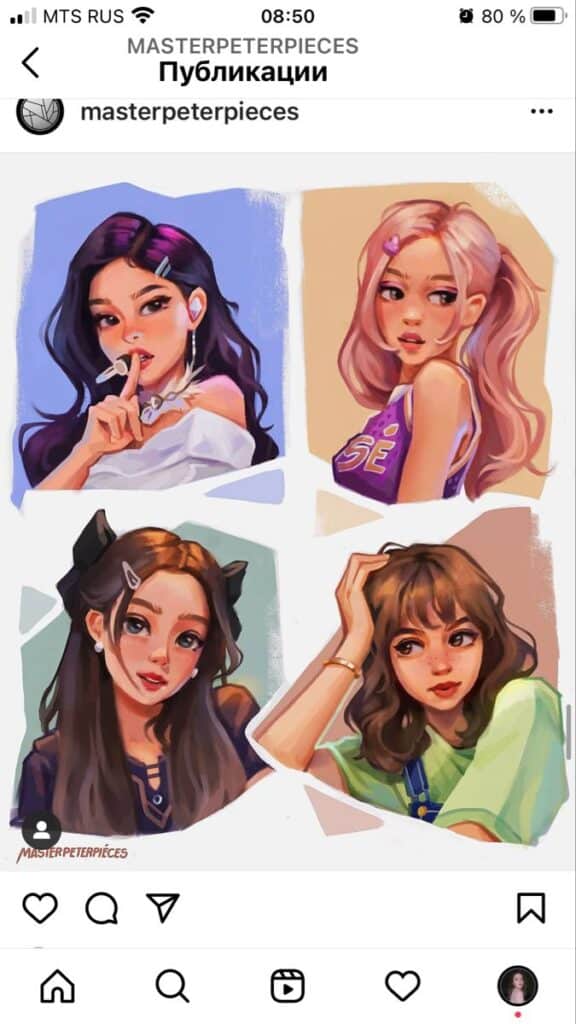
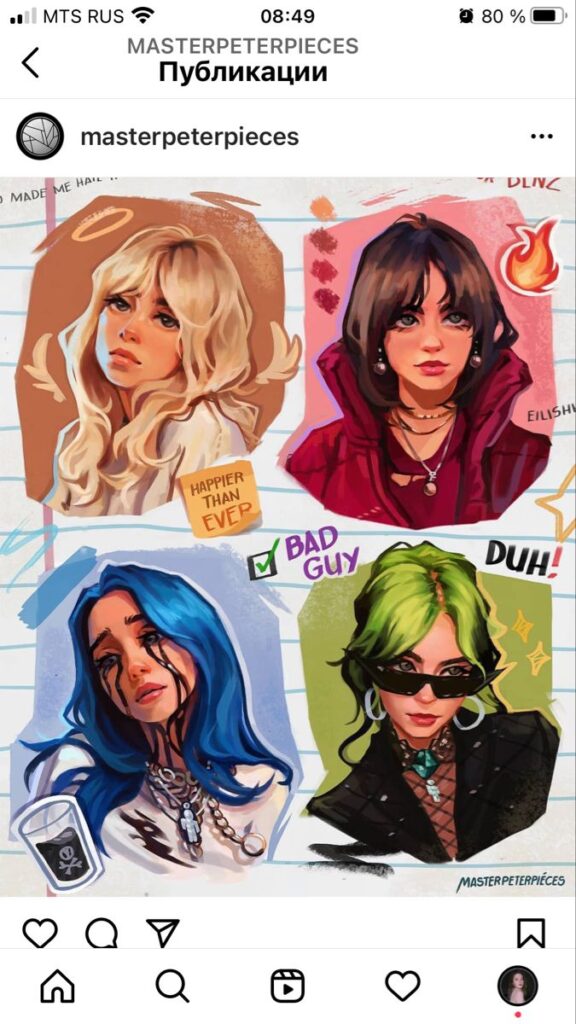
Looking at the work of well-known stylized portrait artists helps understand how shapes, lines, and colors create different effects. Artists learn how features like eyes or hair are exaggerated or simplified to keep the essence of a face while adding personal style.
They focus on details like brush strokes, use of contrast, or unique proportions. This study helps artists discover what works best for their own style, whether it is more cartoon-like, abstract, or graphic. Taking notes or making quick sketches can make this process active and practical.
Using Photo References Creatively
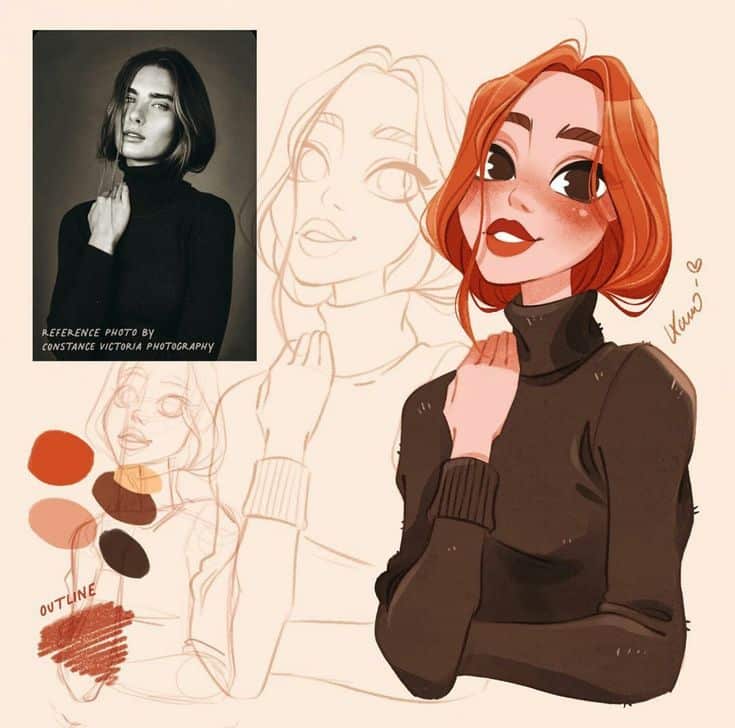
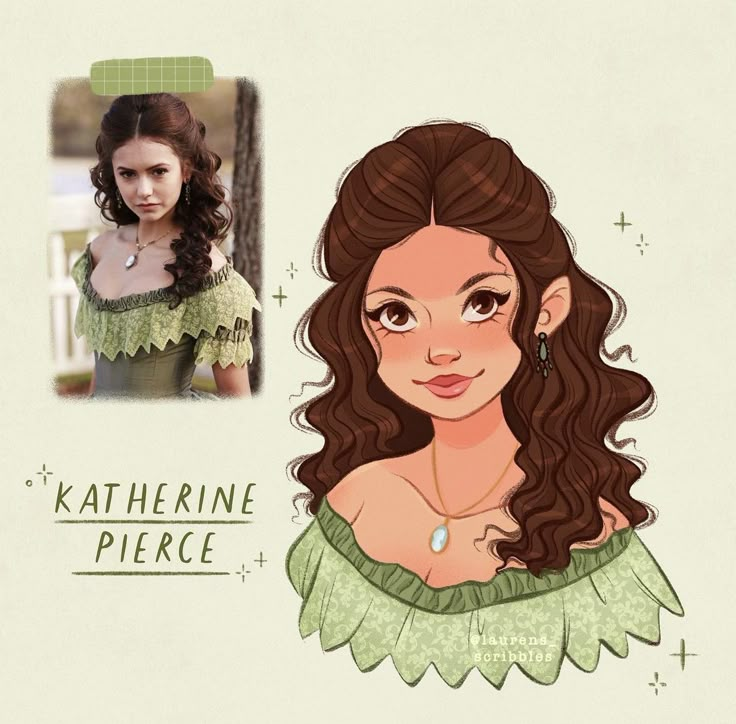
Using photos for reference is common, but drawing exactly what is seen can limit creativity. Skilled artists use photos to capture the basic shapes, angles, and lighting, then add their own changes.
They may simplify details, use unusual color palettes, or change facial features to fit their style. Experimenting with different photo sources can also help, such as portraits with diverse expressions or lighting. This mix of observation and imagination brings fresh energy to each portrait.
Tips for creative use of photo references:
- Combine parts from multiple photos
- Adjust proportions or expressions
- Explore different times of day for lighting effects
- Use thumbnails to test style ideas before final drawing
Tips for Developing Your Own Stylized Portrait Variations
Developing unique stylized portraits takes practice and careful thinking. It involves experimenting with different shapes, lines, and colors to find a look that feels personal. Getting feedback and making changes also help improve the style over time.
Building a Unique Style
To build a unique style, an artist should start by studying different portrait shapes and features. They can try exaggerating or simplifying some facial traits, like making eyes larger or using bold lines. This helps to create a look that stands out.
Using a limited color palette or mixing unusual colors can also give portraits a fresh feel. Tools like digital software or traditional media offer various textures, so trying new tools can add personality to the artwork.
Artists should practice regularly and keep notes on what works best. Keeping a sketchbook of ideas helps track progress and sparks new ideas for variation.
Seeking Feedback and Iterating
Getting feedback is important for growth. Showing portraits to friends, other artists, or online communities lets artists see how others react to their style. Feedback can highlight what looks strong and what needs improvement.
Artists should be open to making changes after listening to feedback. They can try redrawing parts of the face or adjusting color choices. Trying different versions helps refine the style.
Repeating this process—sharing, getting feedback, and adjusting—helps artists develop a confident and clear style. It also encourages them to explore new ideas and keep their work fresh.
- 1.2Kshares
- Facebook0
- Pinterest1.2K
- Twitter0
- Reddit0


